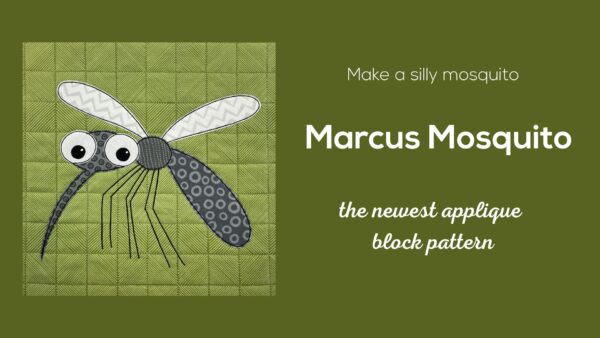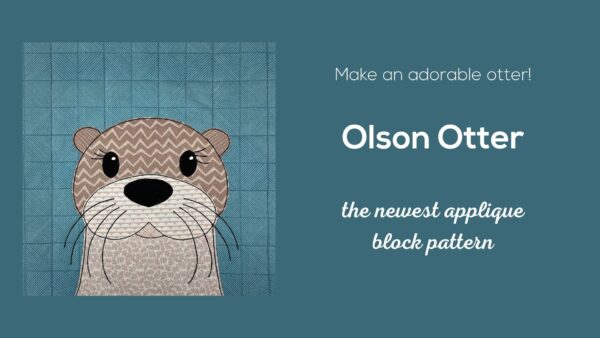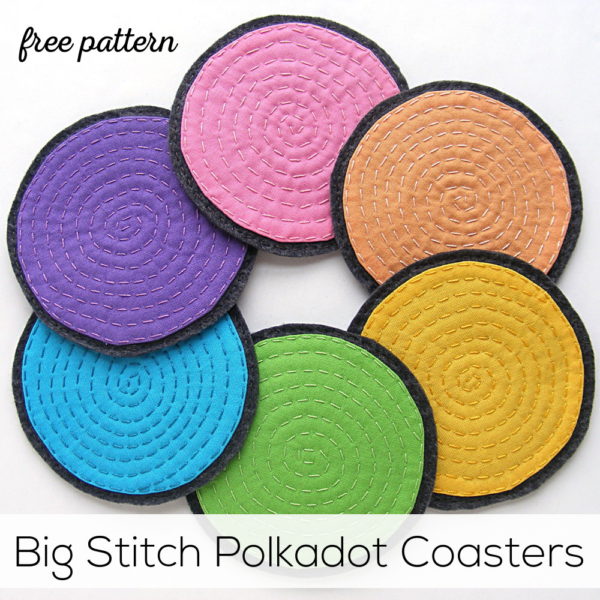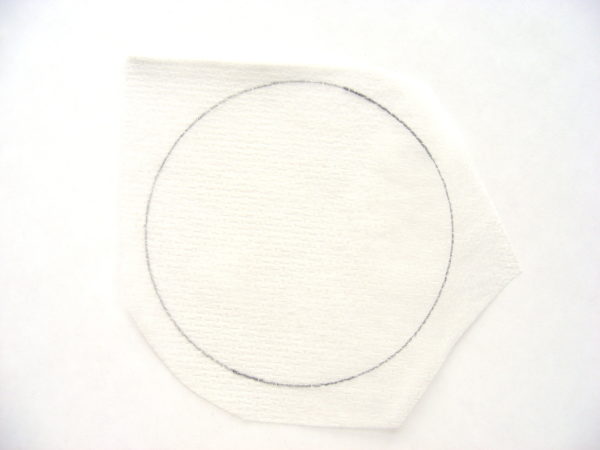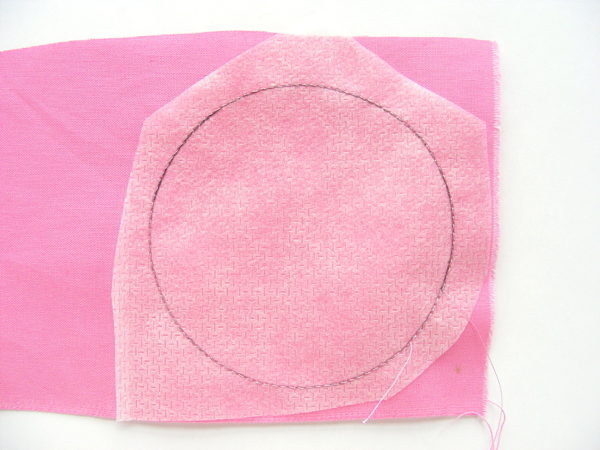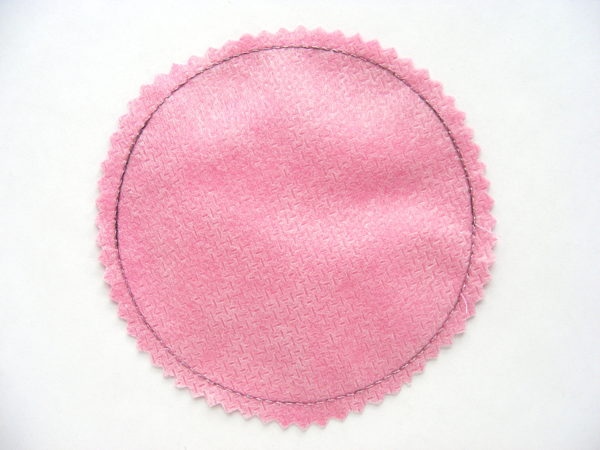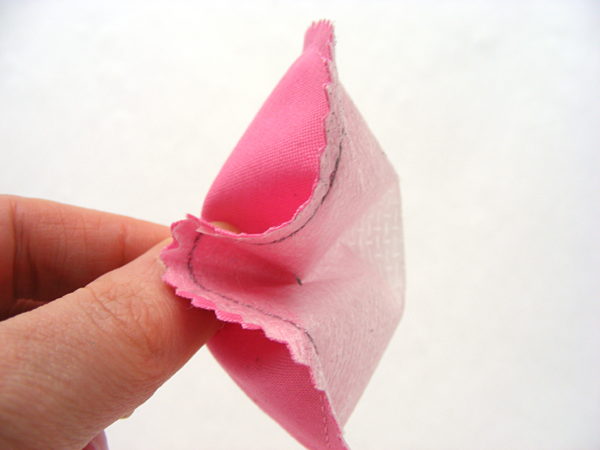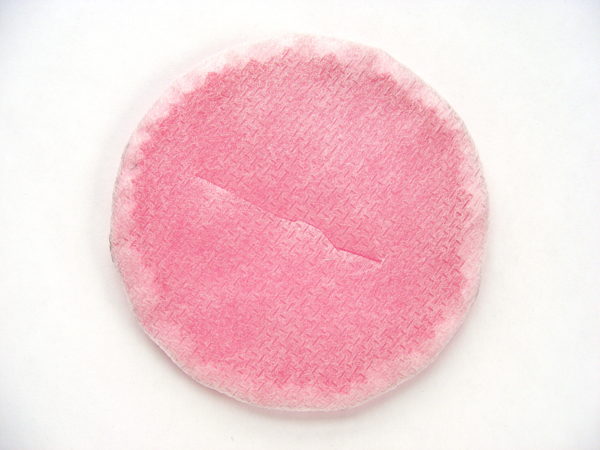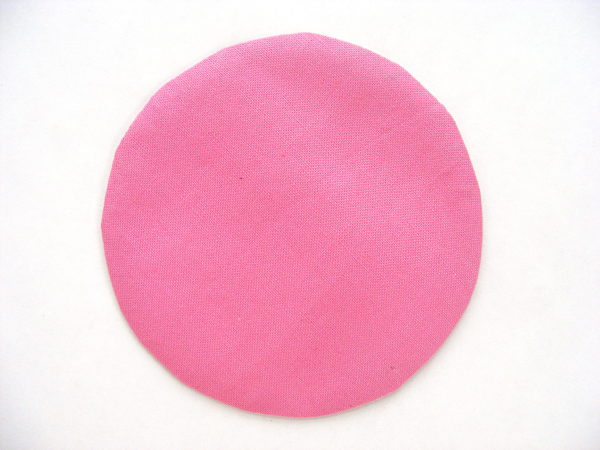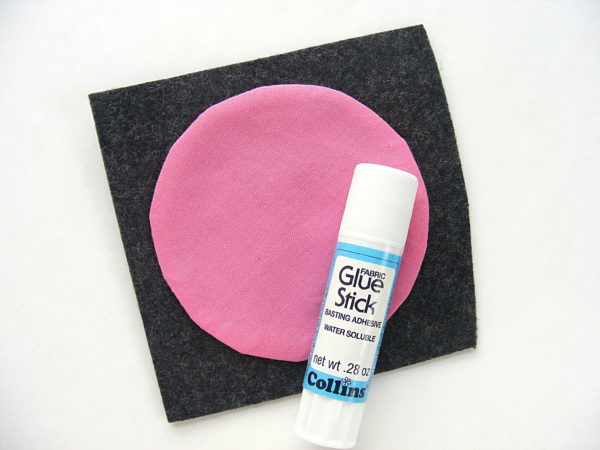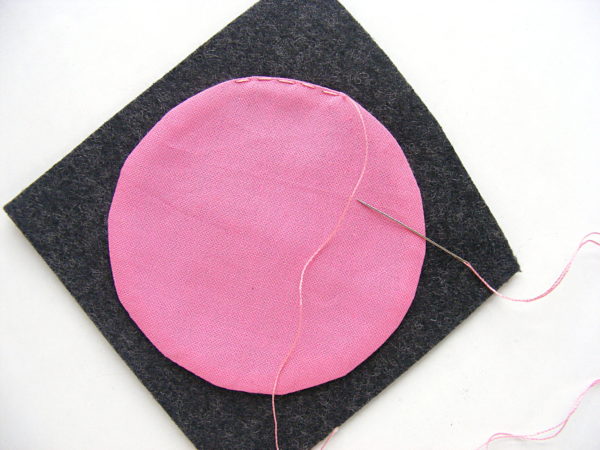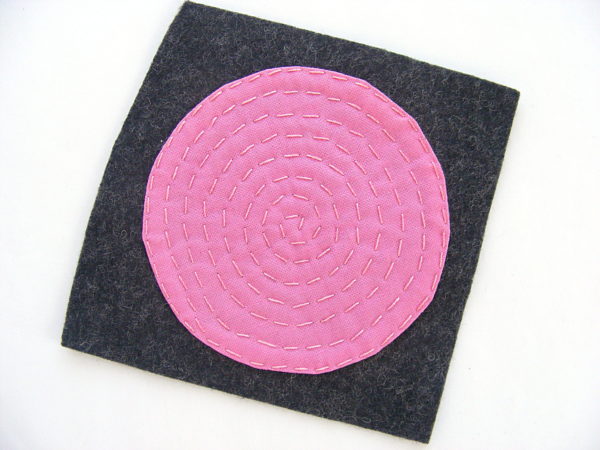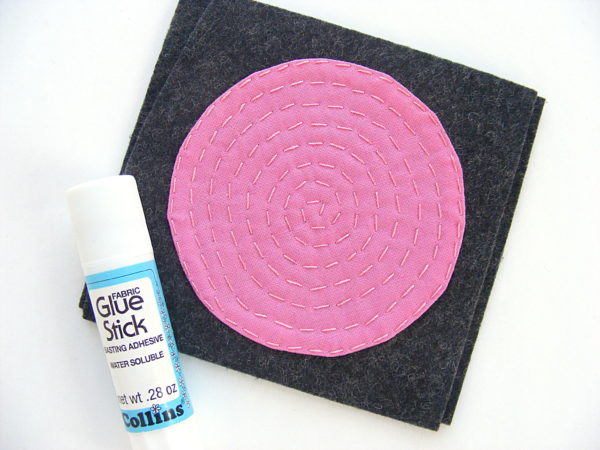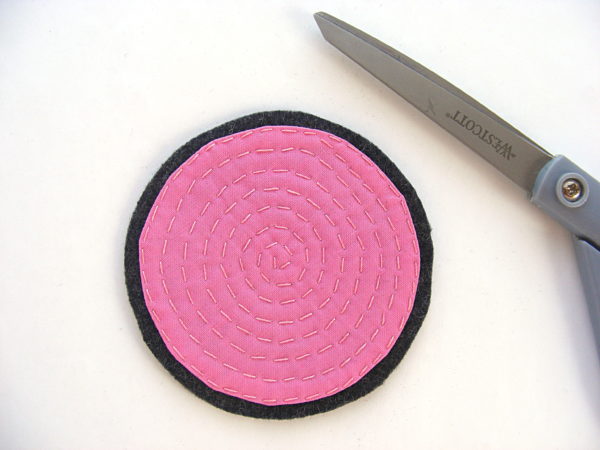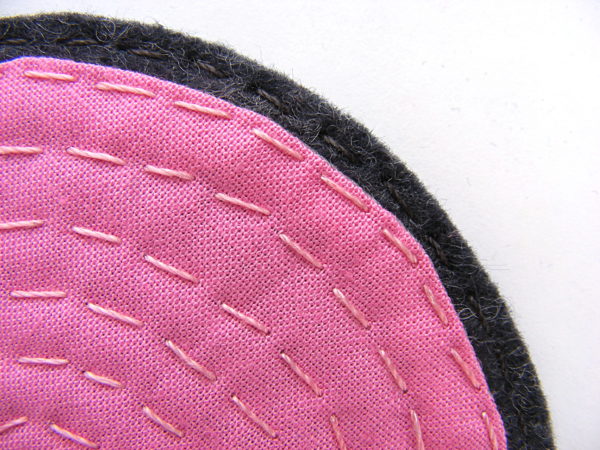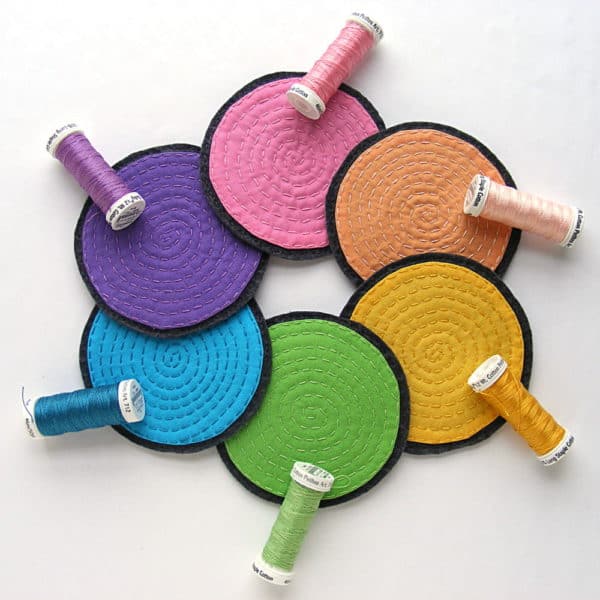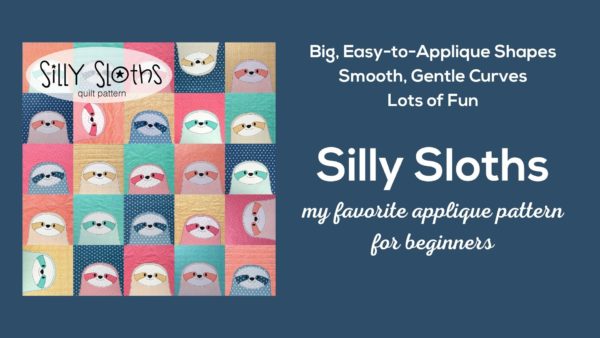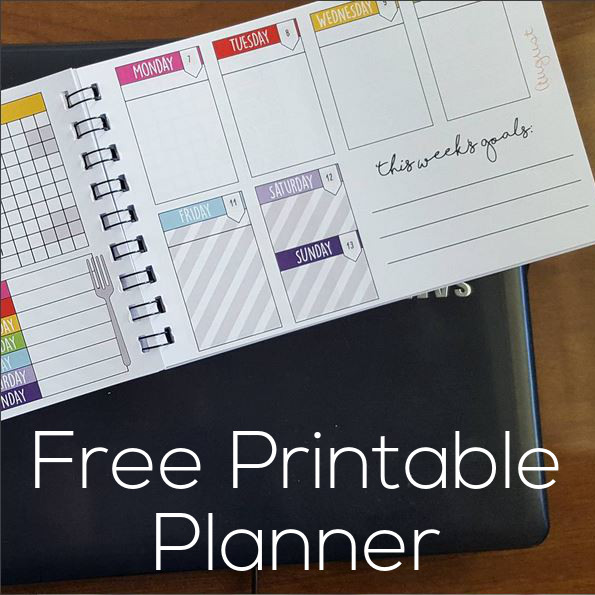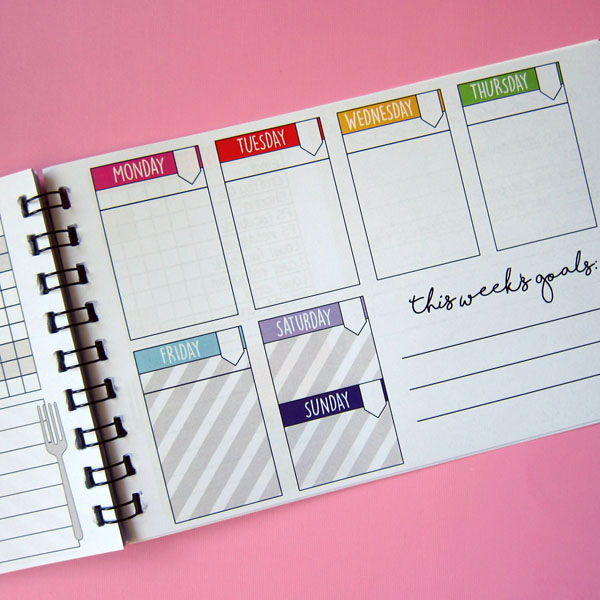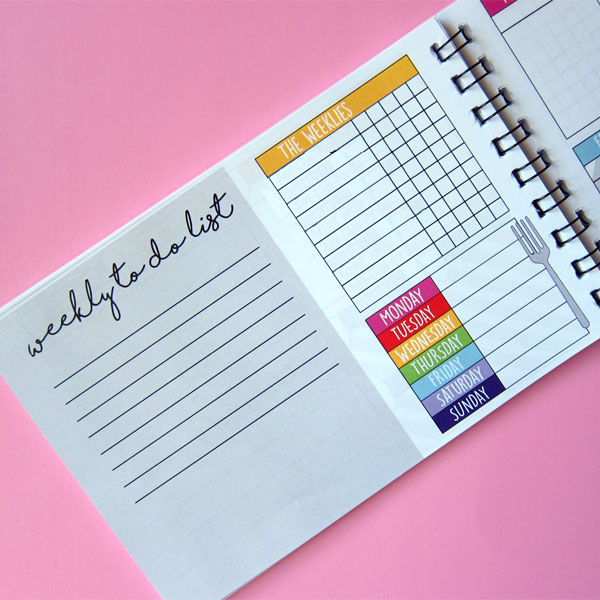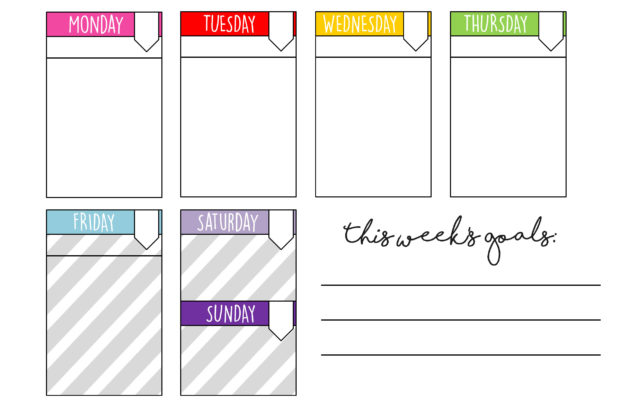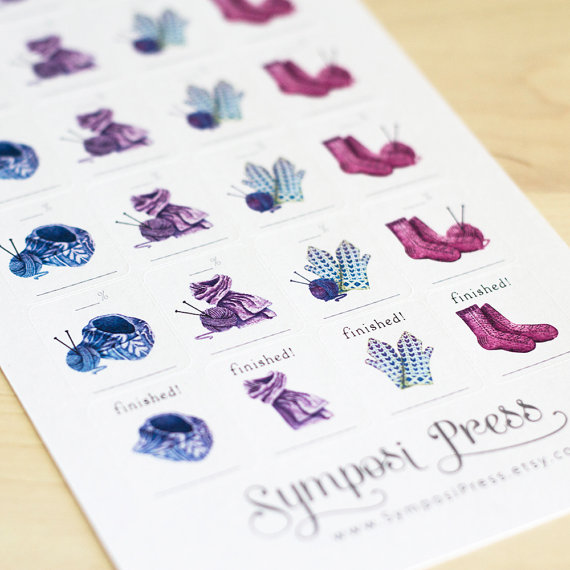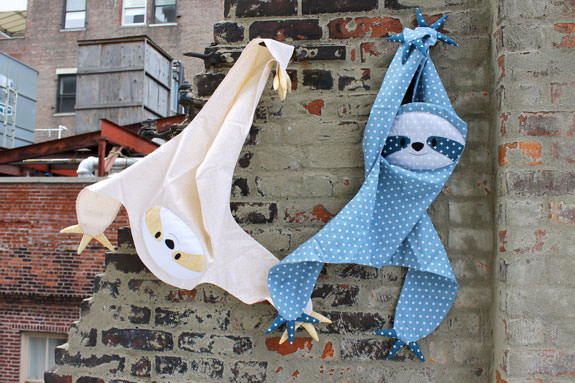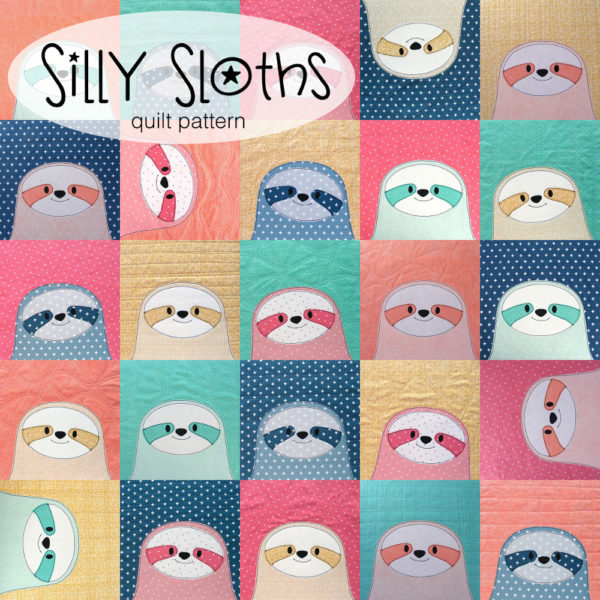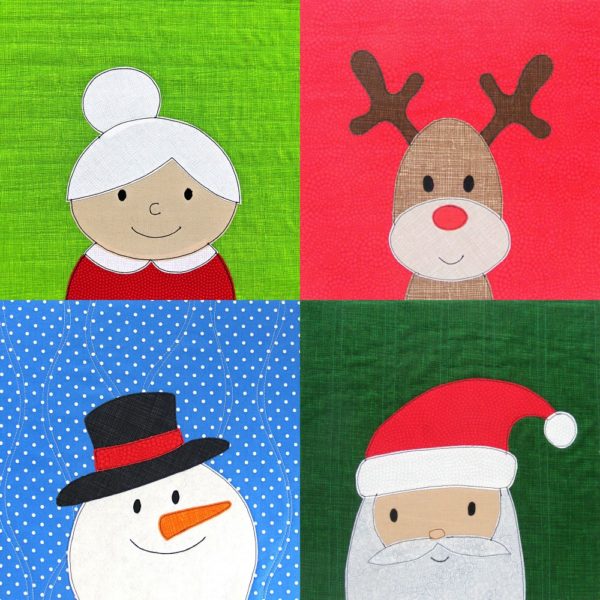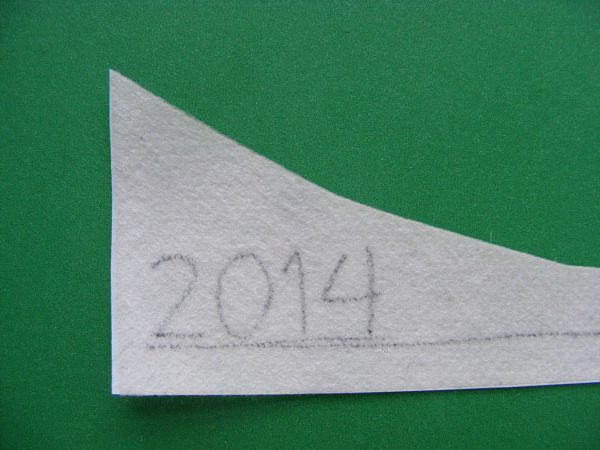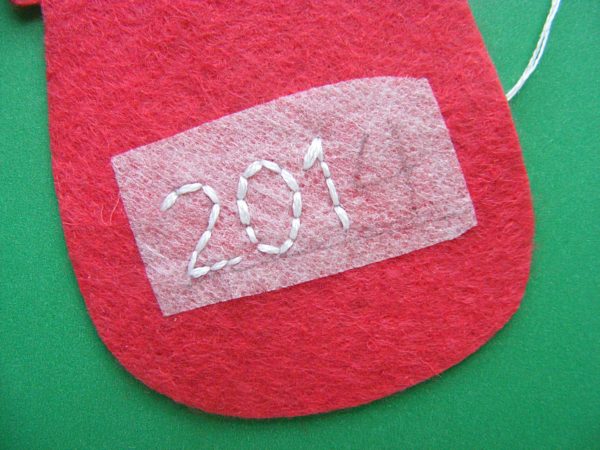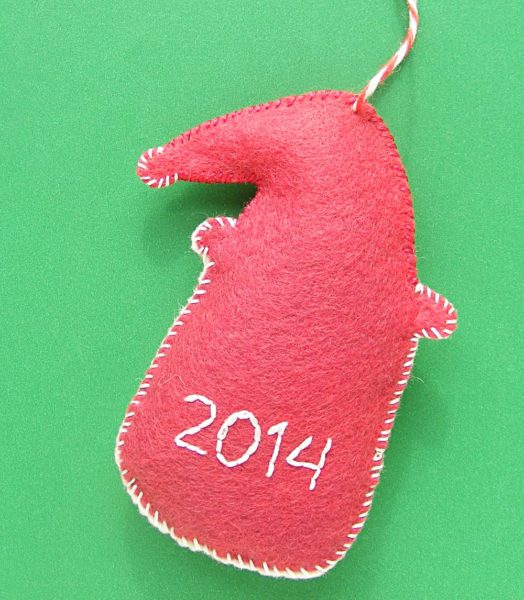There’s a new free applique pattern for you! Merry Christmas! 🙂
This Mrs. Claus pattern is the same size and style as the other free Christmas applique patterns (10 inch finished blocks). There are four now so you can make a square wallhanging!
Here are links to the other three. . .
Download the Mrs. Claus pattern pieces here.
Here’s how to make her!
Step 1
If you’re using Quilt As You Go, quilt the background to the batting. I’m showing mine from the back so you can see the stitching more clearly.
Step 2
Print or trace the pattern pieces onto the paper side of fusible adhesive.
I love these printable sheets of Heat & Bond Lite because I’m lazypants and don’t like to trace.
The pieces have already been reversed, so no need to flip anything.
Step 3
Roughly cut out the pieces, leaving a little extra all the way around each piece. Leave a little extra extra wherever there’s a dotted line. That edge will tuck under other pieces for a clean finish.
Fuse the pieces to the back of your fabric, following the instructions on your fusible.
Step 4
Trace the features onto the front of the face fabric.
If you hold it up to a window, you’ll be able to see the lines very clearly through the fabric.
I trace just inside the lines marking the position of any applique pieces – like the eyes.
I trace directly on any lines to be stitched – the nose and mouth.
I just use a fine tip black Sharpie.
Here’s what it looks like without the light shining through.
Step 5
Cut out all the pieces neatly.
Cut directly on the solid lines. Leave a little extra seam allowance past the dotted lines.
Step 6
Peel off the paper backing and layer up all the pieces.
 Remember – those dotted line edges will tuck behind other pieces. For example – the bottom of the bun has a dotted line, showing it tucks behind the top of the head.
Remember – those dotted line edges will tuck behind other pieces. For example – the bottom of the bun has a dotted line, showing it tucks behind the top of the head.
Line up the lower edge of her shoulders with the bottom edge of the block. You’ll trim away the excess when you trim your block down to size so you don’t see that cut edge.
Fuse the design in place, again following the instructions on your fusible package.
Step 7
Stitch around all the pieces to secure the edges. Stitch right over your traced lines for the nose and mouth. (This video has tips for stitching those tight curves.)
 I like to use a simple straight stitch in thick black thread. I think the cartoony outline suits my simple designs, but you can use matching thread and any stitches you like.
I like to use a simple straight stitch in thick black thread. I think the cartoony outline suits my simple designs, but you can use matching thread and any stitches you like.
This post has more info if you’re trying to figure out in what order you should stitch the pieces.
Step 8
Trim it down to size and you’re finished! I recommend starting with an 11 inch square and trimming it down to 10 1/2 inches if you’re making a quilt or a wall hanging – but you can also use this design to make some placemats (free placemat pattern here) and that will need a different starting block size.
Happy quilting!






























